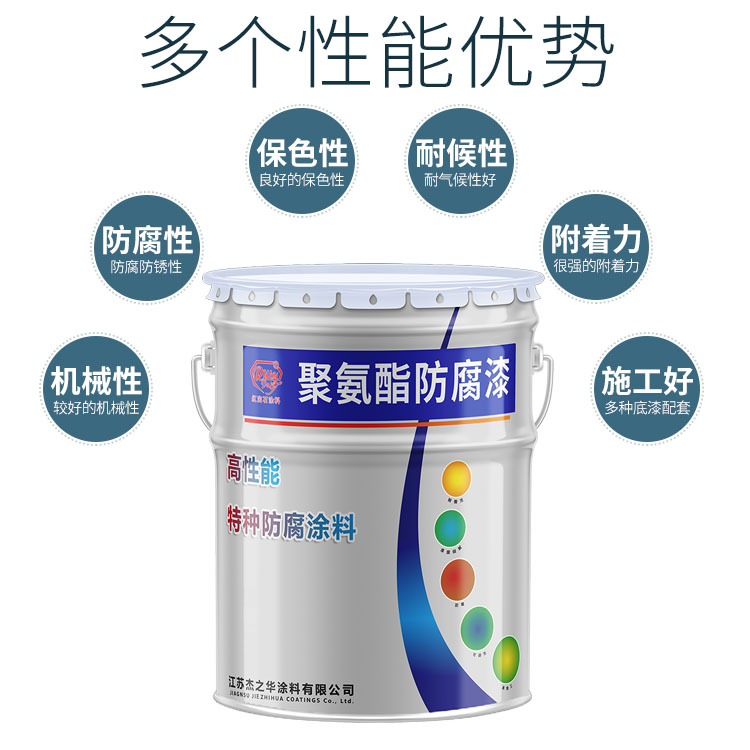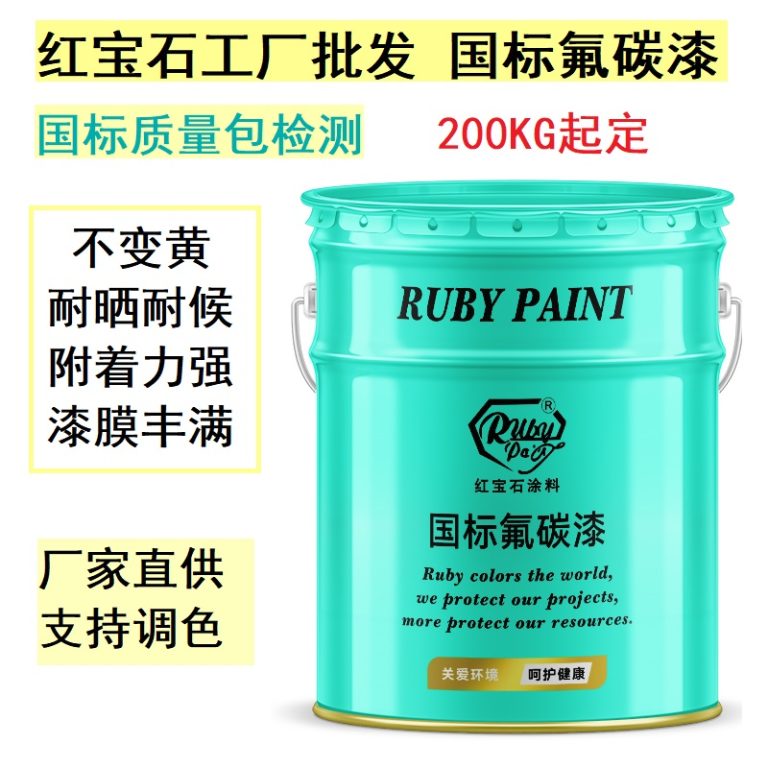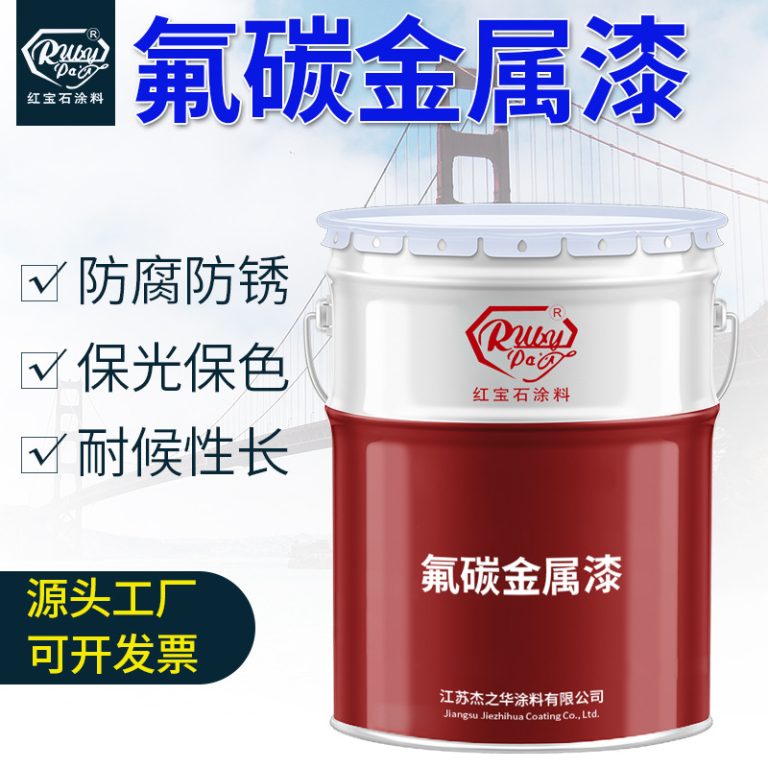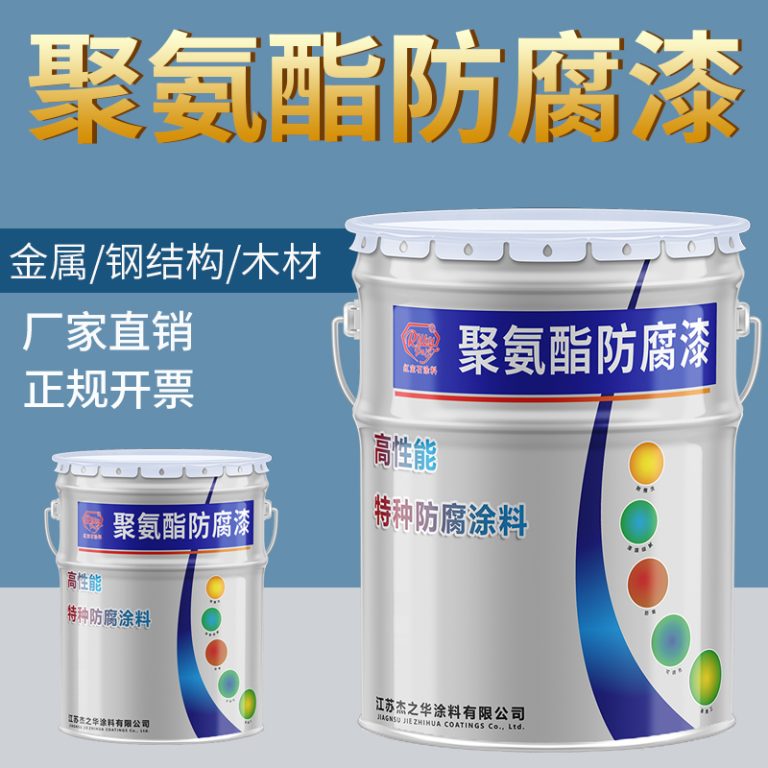Table of Contents
Benefits Of Using Fluorocarbon Wax For Ski And Snowboard Maintenance
Fluorocarbon wax has become an essential component in the maintenance of skis and snowboards, offering numerous benefits that enhance performance and longevity of the equipment. This type of wax is specifically formulated with fluorocarbon compounds, which provide unique properties that traditional waxes do not possess. Understanding the advantages of using fluorocarbon wax can help skiers and snowboarders make informed decisions about their gear maintenance routines.
One of the primary benefits of fluorocarbon wax is its exceptional ability to repel water. The fluorocarbon molecules create a hydrophobic layer on the base of the ski or snowboard, which significantly reduces friction between the snow and the equipment. This reduction in friction allows for a smoother and faster glide, improving the overall performance and speed of the rider. Whether racing down a slope or leisurely carving through fresh powder, the enhanced glide provided by fluorocarbon wax can make a noticeable difference in the riding experience.
| Number | Product |
| 1 | Fluoracarbon middle paint |
In addition to improving glide, fluorocarbon wax also offers superior durability compared to traditional waxes. The chemical structure of fluorocarbons makes the wax more resistant to wear and tear, meaning it does not break down as quickly under the pressures of regular use. This durability translates to less frequent waxing sessions, saving both time and money in the long run. Skiers and snowboarders can enjoy more time on the slopes without worrying about the condition of their equipment’s base.
Another advantage of fluorocarbon wax is its versatility across different snow conditions. The wax performs well in a wide range of temperatures and snow types, from icy patches to wet, heavy snow. This adaptability makes it an ideal choice for those who ski or snowboard in diverse climates and conditions. By using fluorocarbon wax, riders can be confident that their equipment will perform optimally, regardless of the external environment.
Furthermore, fluorocarbon wax also contributes to the protection of the ski or snowboard base. By creating a strong barrier against dirt, grime, and other abrasive particles, the wax helps prevent damage that can occur during use. This protective layer not only keeps the equipment looking newer for longer but also maintains its structural integrity. As a result, skiers and snowboarders can avoid costly repairs and replacements, extending the lifespan of their gear.
Despite these benefits, it is important to note that the use of fluorocarbon wax requires careful application and adherence to safety guidelines. The compounds in the wax can be harmful if not handled properly, so it is crucial to follow manufacturer instructions and use appropriate protective equipment during the waxing process. Additionally, environmental concerns have been raised regarding the impact of fluorocarbons on the ecosystem, leading some to seek alternative wax options that are more eco-friendly.
In conclusion, fluorocarbon wax offers a range of benefits for ski and snowboard maintenance, including enhanced glide, durability, versatility, and protection. While it is an effective choice for improving the performance and longevity of equipment, it is also essential to consider the safety and environmental implications associated with its use. By weighing these factors, skiers and snowboarders can make informed decisions about the best maintenance practices for their specific needs and values.
Environmental Impact Of Fluorocarbon Wax In Winter Sports
Fluorocarbon wax has long been a staple in the winter sports industry, particularly in skiing and snowboarding, where it is used to enhance the glide of skis and snowboards across snow. However, the environmental impact of fluorocarbon wax is a growing concern among environmentalists and industry stakeholders alike. This wax contains perfluorochemicals (PFCs), which are highly effective in repelling water and minimizing friction, but they also pose significant environmental risks.
The primary issue with fluorocarbon wax lies in its persistence and bioaccumulation in the environment. PFCs are resistant to degradation, meaning they can persist in the environment for many years without breaking down. Consequently, they accumulate in the snow and eventually make their way into water systems as the snow melts. This can lead to contamination of water sources, which is a serious concern for aquatic life and potentially for human health as well.
Moreover, the production process of fluorocarbon wax itself is energy-intensive and involves the use of hazardous chemicals. The emissions from the manufacturing process contribute to air pollution, while the waste products can contaminate soil and water. The environmental footprint of producing fluorocarbon wax is therefore considerable, adding another layer of concern regarding its use in winter sports.
In response to these environmental issues, there has been a push towards developing more sustainable alternatives to fluorocarbon wax. Researchers and companies within the winter sports industry are exploring wax formulations that maintain high performance while having a lower environmental impact. These alternatives include biodegradable waxes and those based on natural plant waxes, which are designed to provide similar levels of glide and durability without the use of harmful PFCs.
The transition to eco-friendly waxes is also being driven by regulatory changes. Some regions have started to implement restrictions on the use of fluorocarbon waxes in winter sports due to their environmental impact. These regulations are encouraging manufacturers to innovate and invest in sustainable wax technologies, which could eventually lead to a significant reduction in the use of fluorocarbon waxes.
Consumer awareness and demand for environmentally friendly products are also playing a crucial role in this shift. As more people become aware of the environmental issues associated with fluorocarbon waxes, they are increasingly seeking out sustainable alternatives. This demand encourages companies to prioritize eco-friendly options, further accelerating the move away from fluorocarbon waxes.
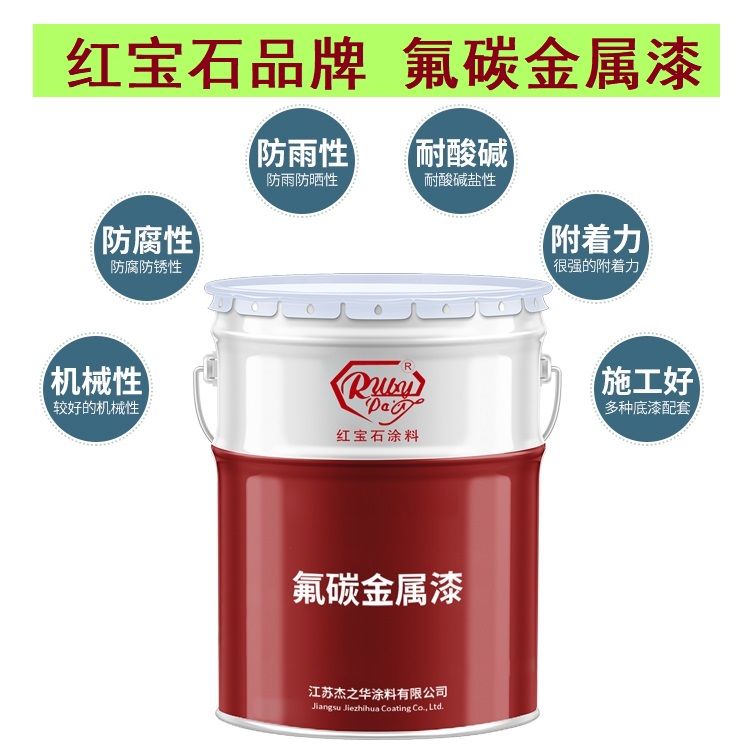
| Serial Number | Name |
| 1 | Epoxy Zinc rich paint |
In conclusion, while fluorocarbon wax has been a popular choice for enhancing the performance of skis and snowboards, its environmental impact cannot be overlooked. The persistence of PFCs in the environment, combined with the intensive and polluting production process, poses serious environmental risks. Fortunately, the development of sustainable wax alternatives, along with regulatory changes and growing consumer awareness, is leading to a gradual decrease in the use of fluorocarbon waxes in winter sports. This shift is a positive step towards minimizing the environmental footprint of these popular recreational activities and preserving the natural landscapes that they depend on.


